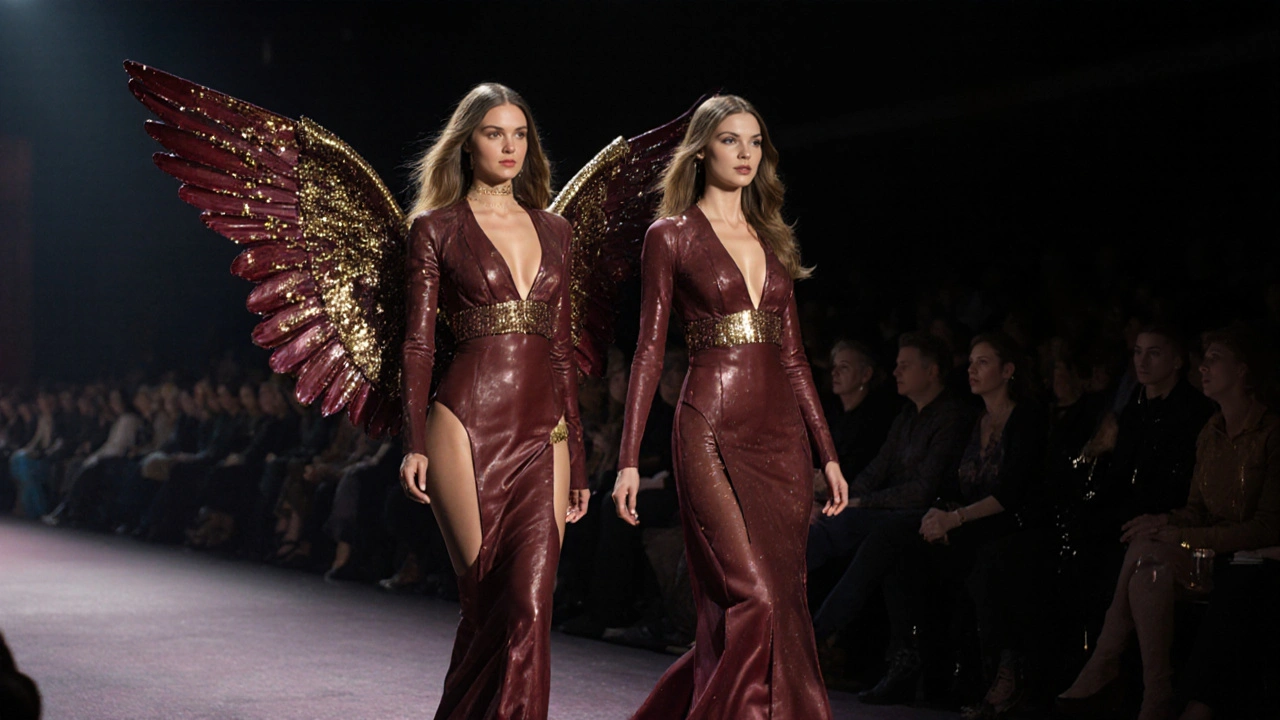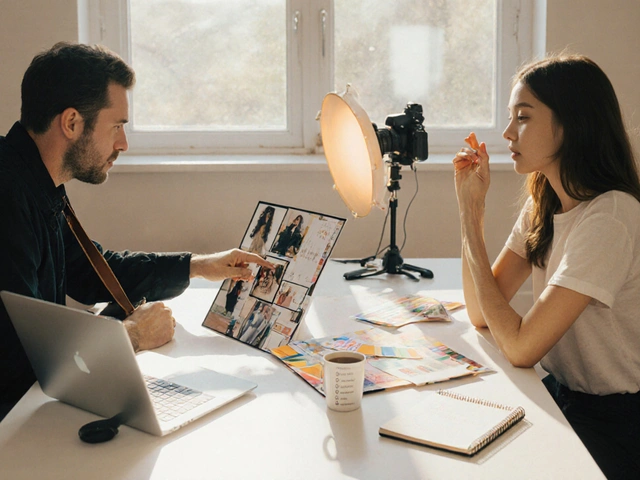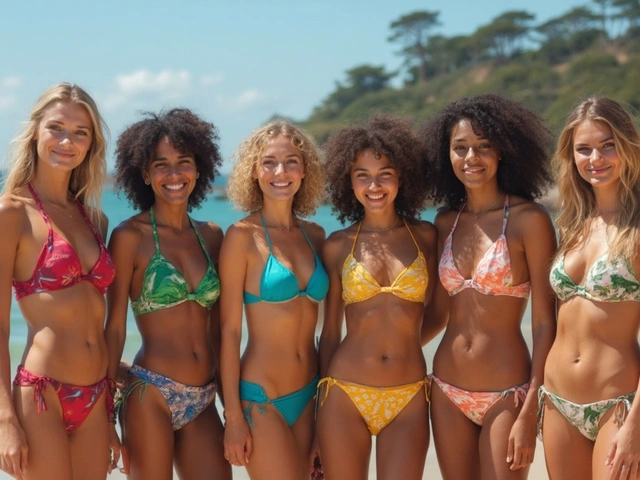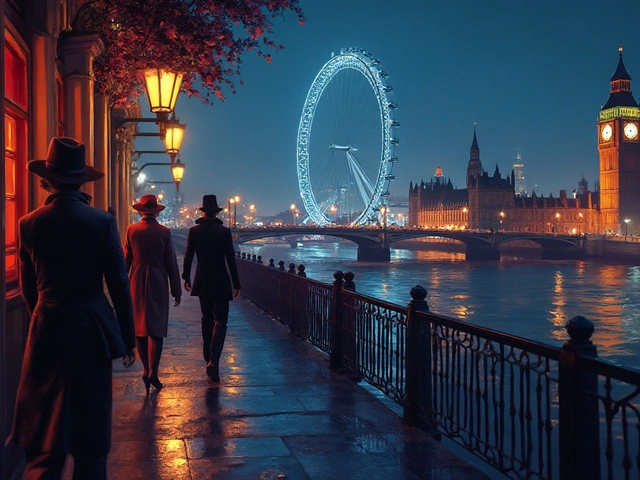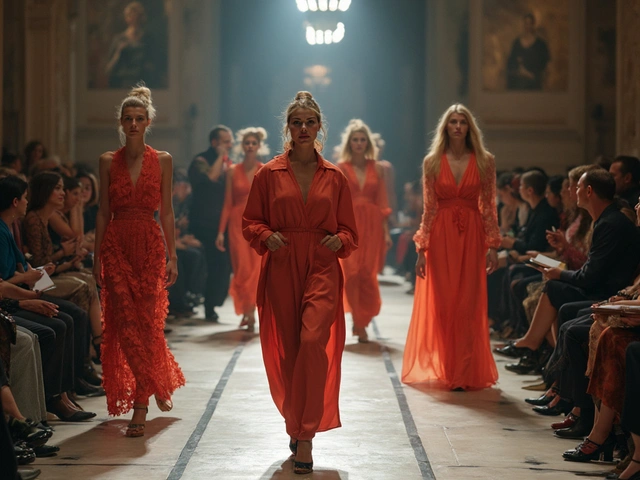When you think of the last ten years in fashion, it’s not just the clothes that stick in your mind-it’s the faces. The women who walked runways, starred in campaigns, and turned Instagram feeds into global phenomena. These weren’t just models. They became cultural forces. Some broke barriers. Others redefined beauty. A few changed how the industry works-from casting to paychecks to who gets to be seen.
Who Really Defined the Decade?
The top models of the 2010s and 2020s didn’t just wear clothes-they carried messages. They pushed for diversity, demanded equal pay, and used their platforms to speak out. This wasn’t a decade of one type of beauty. It was a revolution.
Look at the runway in 2015. Only 12% of models on major show lists were Black or ethnically diverse. By 2024, that number jumped to 41%. That shift didn’t happen by accident. It happened because models like Alessandra Ambrosio and Adriana Lima stayed relevant for over a decade, proving longevity matters. But it was newer voices-women like Jourdan Dunn, Lila Moss, and Rihanna (yes, she modeled too)-who forced change.
Alessandra Ambrosio and Adriana Lima: The Last of the Original Supermodels
They were the bridge between the 90s and today. Alessandra Ambrosio walked for Victoria’s Secret for 17 straight years. She didn’t just wear wings-she carried the brand through its peak and into its decline. Her work ethic was unmatched. She modeled into her 40s, stayed in shape without extreme diets, and never let the industry dictate her worth.
Adriana Lima was the same. She was the face of Victoria’s Secret for 19 years. She didn’t just pose for calendars. She became a global brand. By 2020, she was earning more than most actors in her age group. Her secret? She never stopped working. She launched her own lingerie line, did high-fashion editorials, and stayed on magazine covers long after most models retired.
These two didn’t just survive the decade-they shaped it. They proved that models could be entrepreneurs, not just mannequins.
Jourdan Dunn: Breaking the Mold
Jourdan Dunn was the first Black model to open a Prada show in over a decade. That was in 2012. But her real impact came later. In 2017, she called out the industry for tokenism. She said, "I’m not your diversity checkbox. I’m your cover girl." And she meant it.
By 2020, she was on the cover of British Vogue alongside five other women of color-something unheard of a decade earlier. She didn’t just walk for major brands. She walked for change. She worked with brands like Fenty Beauty and Savage X Fenty, pushing for inclusive sizing and representation. Her contract with L’Oréal in 2019 made her the first Black woman to front their global skincare line. That wasn’t a fluke. It was a milestone.

Lila Moss: The New Generation
Daughter of Kate Moss, Lila Moss didn’t need to prove she belonged. But she did anyway. At 17, she walked for Chanel, Louis Vuitton, and Marc Jacobs. At 19, she became the face of Calvin Klein’s campaign-the first Gen Z model to headline it in over five years.
What set her apart? She didn’t play the game. She spoke openly about mental health. She refused to photoshop her stretch marks. She posted raw, unfiltered photos of her body after giving birth. And brands didn’t fire her-they doubled down. Calvin Klein kept her as their face. She didn’t just model clothes. She modeled authenticity.
Rihanna: The Model Who Changed Everything
Most people know Rihanna as a singer. Few remember she was a top model first. She walked for Fendi, Givenchy, and Marc Jacobs before launching Fenty Beauty in 2017. That product line had 40 shades of foundation. The industry said it was too risky. She proved them wrong. Fenty Beauty made $550 million in its first year.
Her modeling career was secondary. But her influence on the industry? Massive. She forced beauty brands to stop ignoring darker skin tones. She made models of color the standard, not the exception. By 2023, every major beauty brand had at least 30 shades. That’s because of her.
Who Made the Biggest Impact?
It’s not just about who was on the most covers. It’s about who changed the rules.
Alessandra and Adriana showed models could build empires. Jourdan Dunn showed models could demand justice. Lila Moss showed the next generation could be real. Rihanna showed models could own the business.
None of them did it alone. But they were the ones who turned visibility into power.
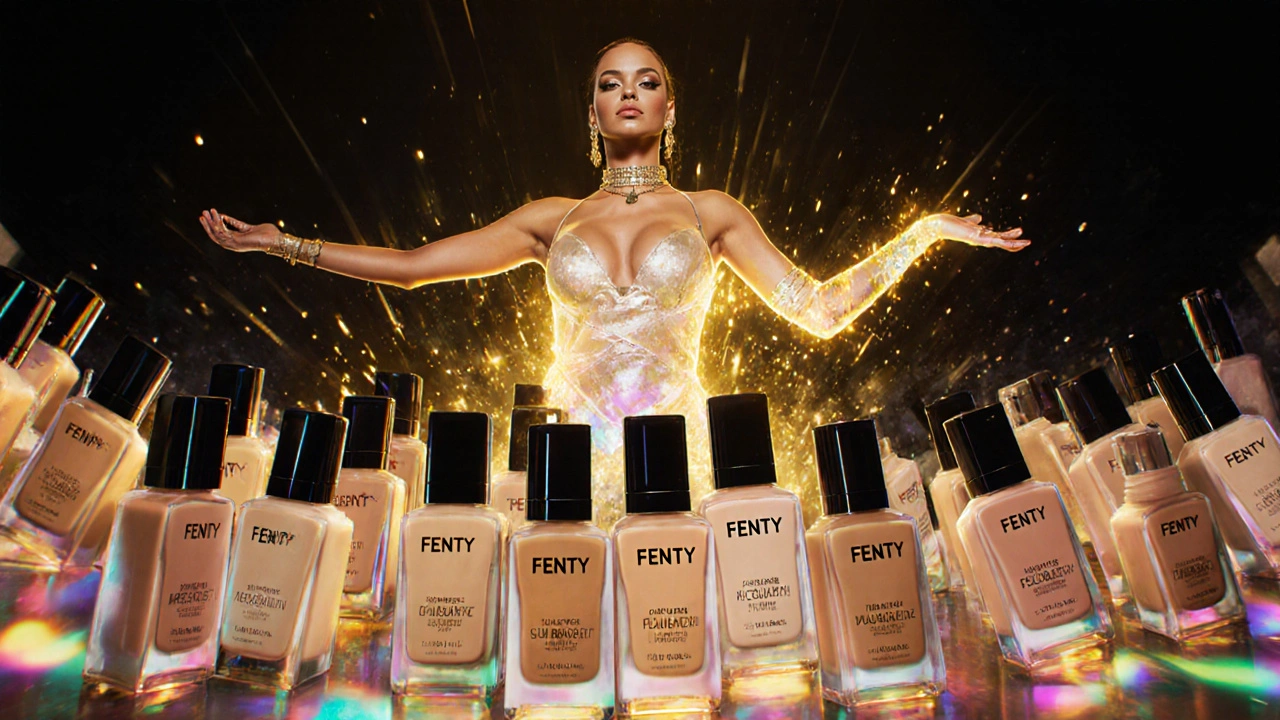
The Numbers Don’t Lie
Here’s what changed between 2015 and 2025:
- Models of color went from 12% to 41% of runway appearances
- Plus-size models landed campaigns with Target, H&M, and Nike
- Transgender models like Valentina Sampaio walked for Victoria’s Secret and Vogue
- Model pay increased by 68% on average, according to the Fashion Model Alliance
- Instagram followers of top models grew from millions to hundreds of millions
These aren’t trends. They’re transformations.
What’s Next?
The models who dominated the last decade didn’t just get booked-they got the last word. They demanded better contracts. They created their own brands. They spoke up when they were treated unfairly.
The next generation won’t wait to be invited. They’ll create their own runways. They’ll use TikTok to launch careers. They’ll bypass agencies entirely. And they’ll be paid more for it.
The top models of the decade didn’t just wear the clothes. They rewrote the rulebook.
Who was the highest-paid model of the decade?
According to Forbes and the Fashion Model Alliance, Gigi Hadid earned the most between 2015 and 2025, with over $10 million annually at her peak. But Rihanna, while not traditionally classified as a model, made more through her beauty and fashion brands, with Fenty Beauty alone generating over $1 billion in revenue by 2024.
Did any models start their careers on Instagram?
Yes. Models like Hannah Jeter and Sara Sampaio were scouted through Instagram. By 2020, over 30% of new top models were discovered through social media, not traditional agencies. Instagram became the new casting room.
Why did Victoria’s Secret lose its dominance?
Victoria’s Secret lost its dominance because it clung to one narrow idea of beauty while the world changed. Models like Jourdan Dunn and Lila Moss showed that real women-of all shapes, skin tones, and backgrounds-wanted to be seen. When VS canceled its annual show in 2019, it was because consumers had moved on. Brands like Savage X Fenty and Aerie replaced it by embracing inclusivity.
Are models still needed in the age of AI and digital avatars?
Yes. While AI models are used in ads, real human models still drive emotional connection. A 2024 study by the Journal of Consumer Behavior found that campaigns featuring real models had 47% higher engagement than those using digital avatars. People connect with authenticity-not perfection.
What’s the biggest change in how models are paid today?
The biggest change is that top models now own their image rights. In the 2010s, brands often owned photos forever. Now, contracts include clauses for usage limits, royalties, and profit-sharing-especially for models who launch their own lines. Many top models earn more from their brands than from modeling gigs.
Final Thought: Legacy Isn’t About Covers
The models who made the biggest impact didn’t just look good in a dress. They changed who got to wear it. They challenged the system. They spoke up. They built businesses. They didn’t wait for permission.
That’s the real legacy of the decade. Not the number of runway walks. Not the magazine covers. But the doors they opened-for everyone who came after them.
